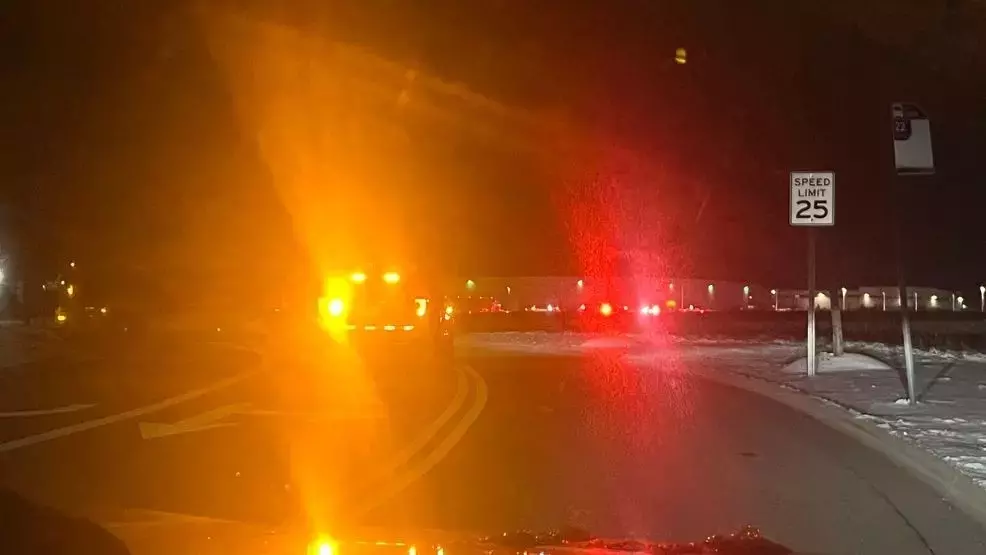First Responders Brave Waters to Rescue Driver in Madison Township Pond Incident

Rapid Response Saves Lives in Critical Moments
In the face of peril, first responders must act with precision and courage. When a vehicle unexpectedly entered a pond along Toy Road, it was not just an emergency but a race against time. The swift response by local authorities exemplifies the dedication and preparedness of these professionals. In such critical moments, every second counts, and the actions taken can mean the difference between life and death.
Emergency Coordination and Teamwork
The incident underscores the importance of coordinated efforts among various emergency services. Columbus Fire Department and the Franklin County Sheriff’s Office worked in tandem to address the situation. This collaboration ensures that resources are efficiently utilized, enhancing the effectiveness of the rescue operation. Effective communication is key, allowing for seamless transitions between departments and minimizing delays.
Moreover, the willingness of individual officers to go above and beyond their call of duty cannot be overstated. A Groveport Patrol Officer's decision to enter the pond showcases the bravery and commitment inherent in law enforcement. Such acts of heroism highlight the risks faced by these professionals and the immense responsibility they carry in safeguarding public safety.
Community Impact and Public Awareness
Situations like this serve as a stark reminder of potential dangers on the road. While accidents can happen at any time, they often occur under unexpected circumstances. For residents of Madison Township and surrounding areas, this event has likely sparked discussions about road safety and emergency preparedness. It also emphasizes the need for awareness campaigns aimed at reducing the likelihood of similar incidents.
Furthermore, the community's response to such events can foster greater unity and resilience. Witnessing the rapid mobilization of emergency services can instill confidence in local institutions while encouraging residents to remain vigilant. By promoting proactive measures, communities can work together to mitigate risks and enhance overall safety standards.
Technological Advancements in Emergency Response
Modern technology plays a crucial role in improving emergency response times and outcomes. Advanced equipment and communication systems enable quicker dispatch and more accurate assessments of situations. For instance, GPS tracking and real-time data sharing facilitate better coordination among responding units. These innovations not only enhance operational efficiency but also contribute to saving lives.
In addition, ongoing training programs ensure that first responders are well-equipped to handle diverse scenarios. Simulation exercises and scenario-based training prepare them for unexpected challenges, thereby increasing their readiness. As technology continues to evolve, so too does the capacity of emergency services to provide timely and effective assistance in crisis situations.
Future Preparedness and Policy Implications
Incidents such as this prompt evaluations of existing policies and procedures. Local authorities may review current protocols to identify areas for improvement. Enhanced infrastructure, such as improved signage and barriers near bodies of water, could reduce the risk of vehicles entering hazardous areas. Additionally, increased funding for emergency services can bolster resources and capabilities.
Policymakers must consider long-term strategies that prioritize public safety. Engaging stakeholders, including community leaders and residents, in these discussions fosters collaborative solutions. By addressing both immediate concerns and broader systemic issues, policymakers can create environments where emergencies are met with optimal responses. Ultimately, this leads to safer communities and more resilient emergency management systems.